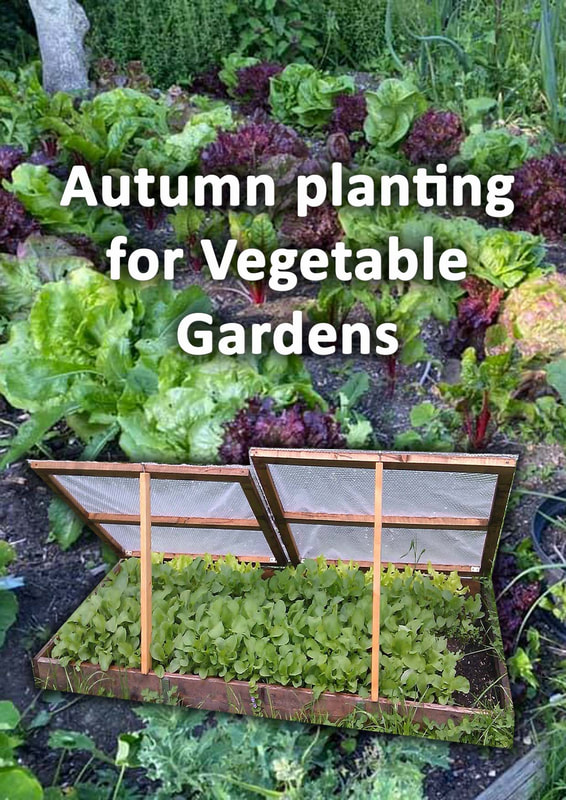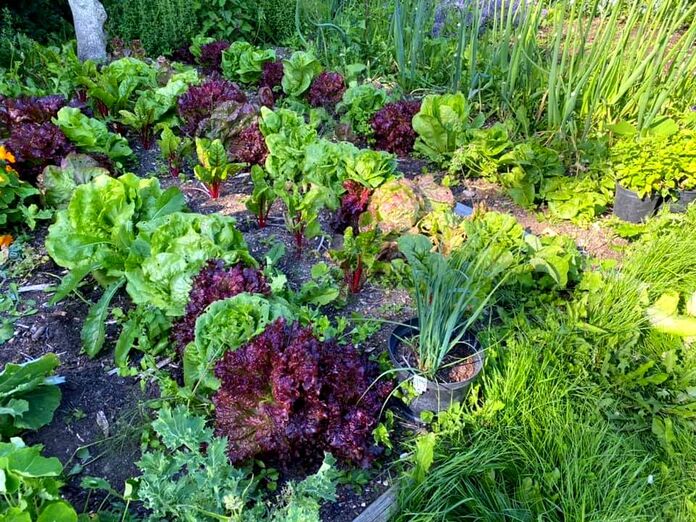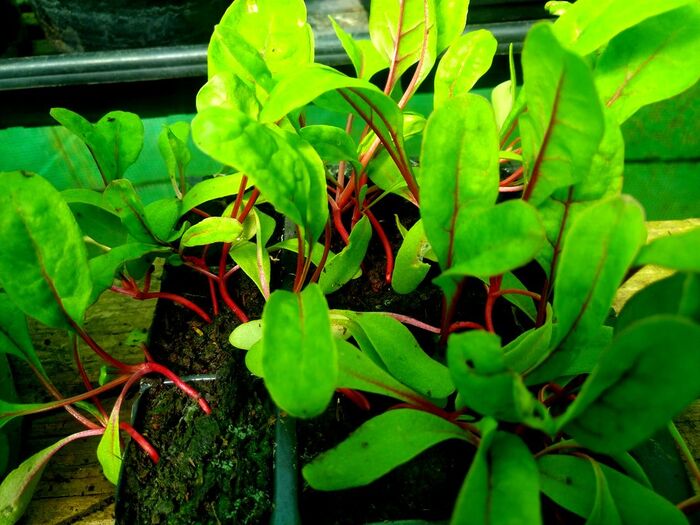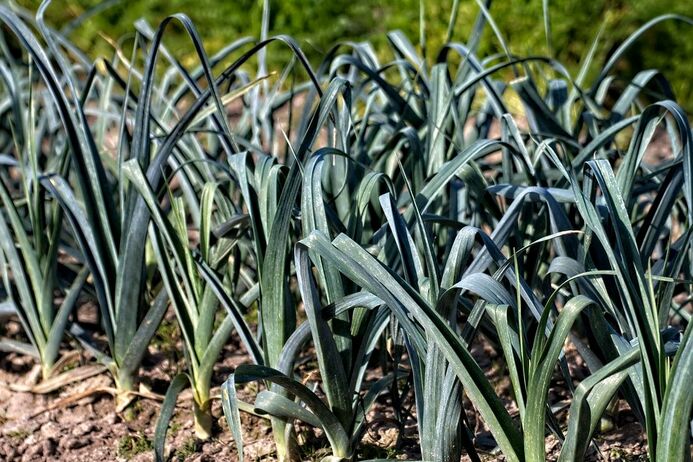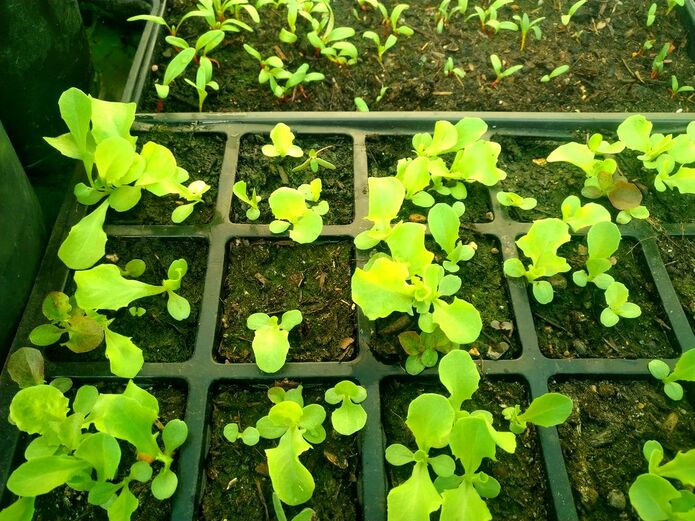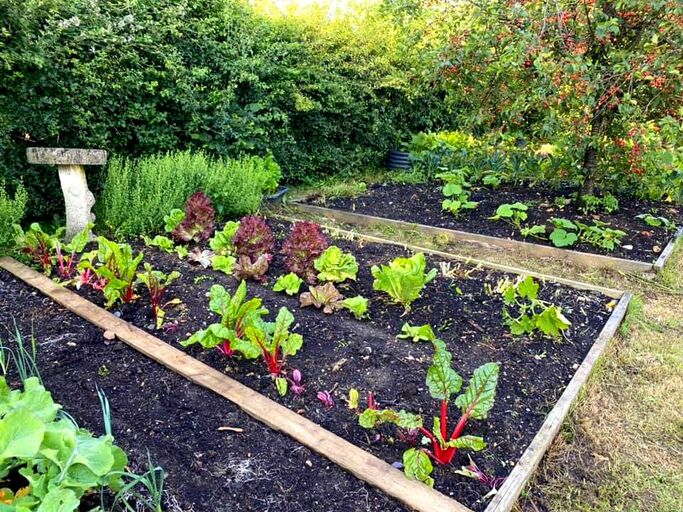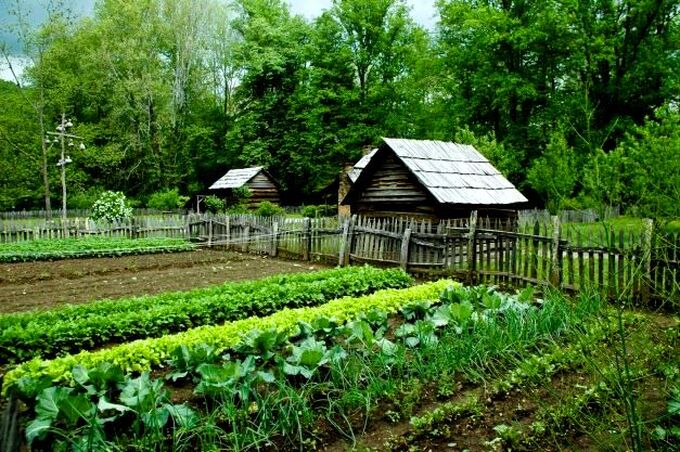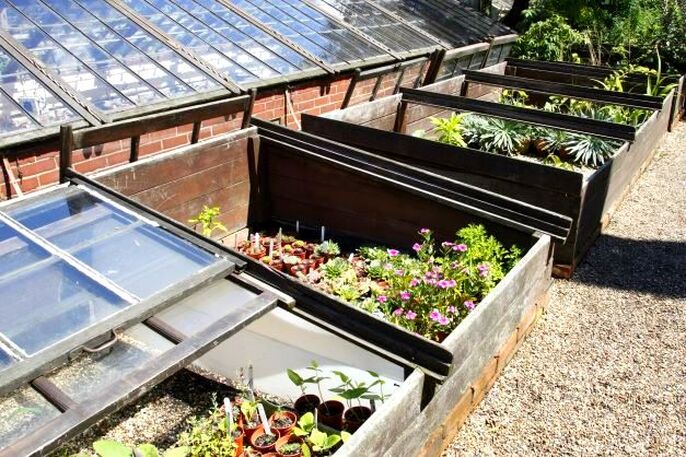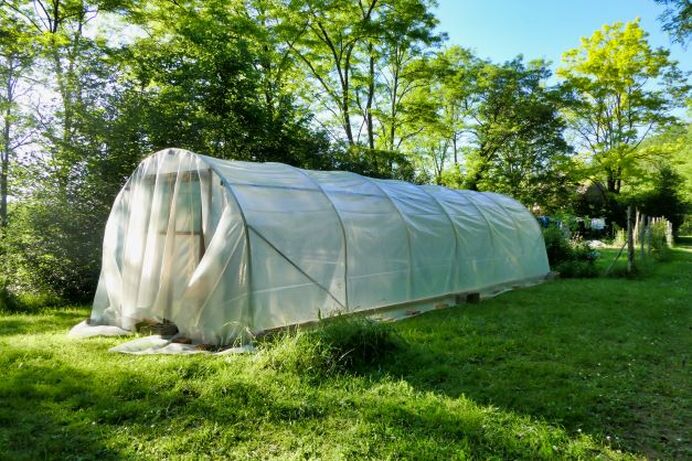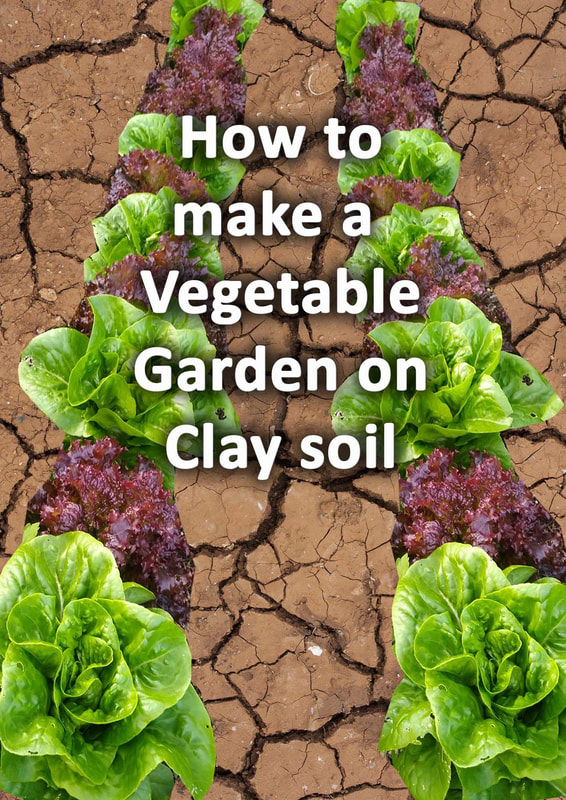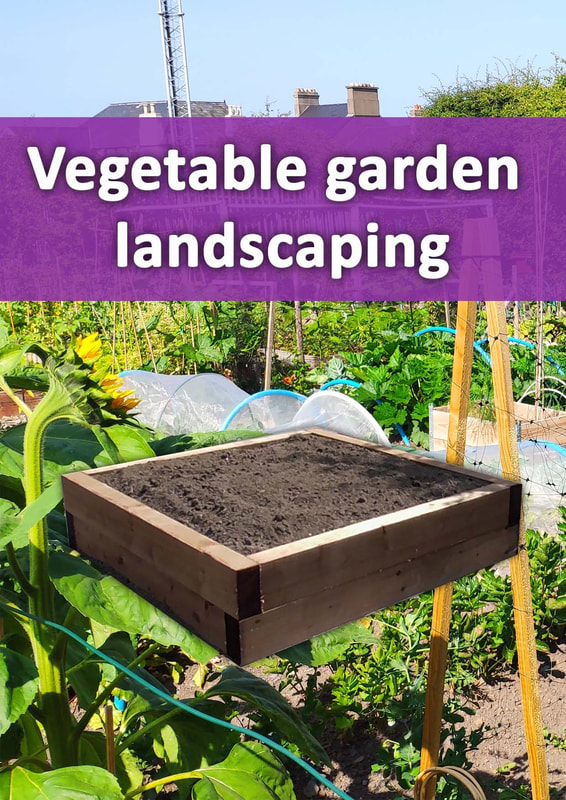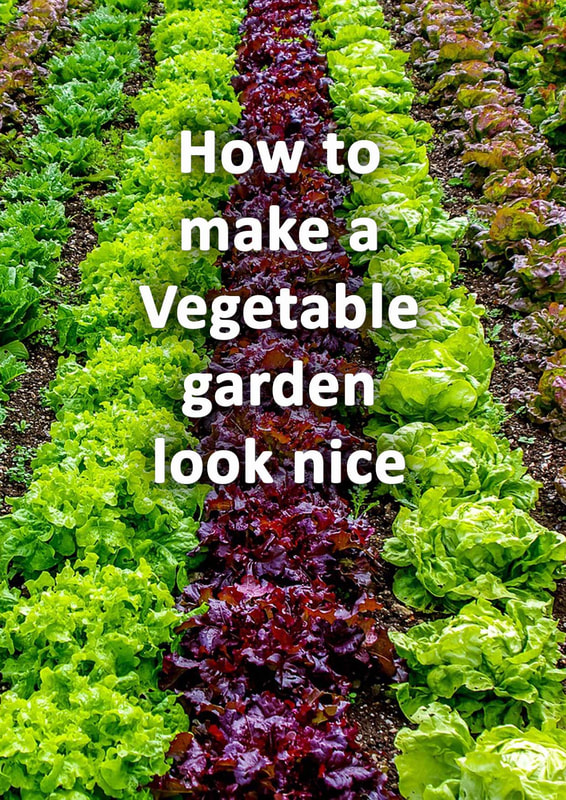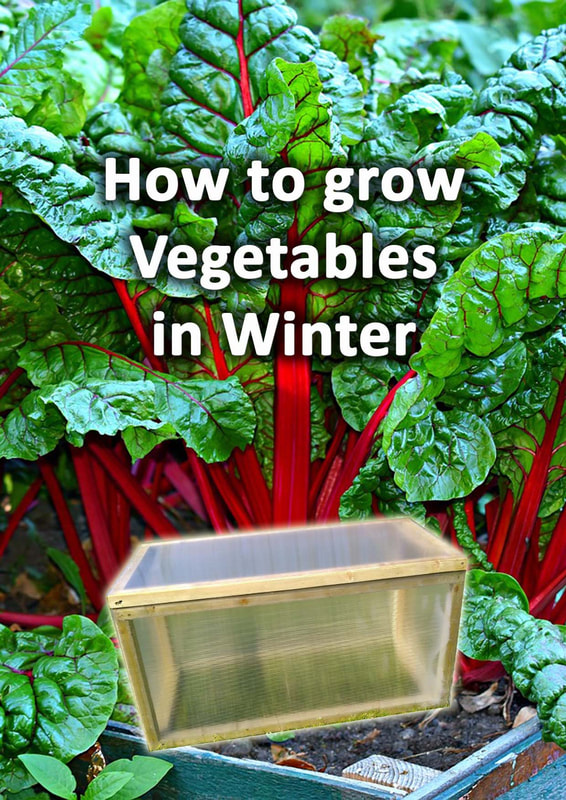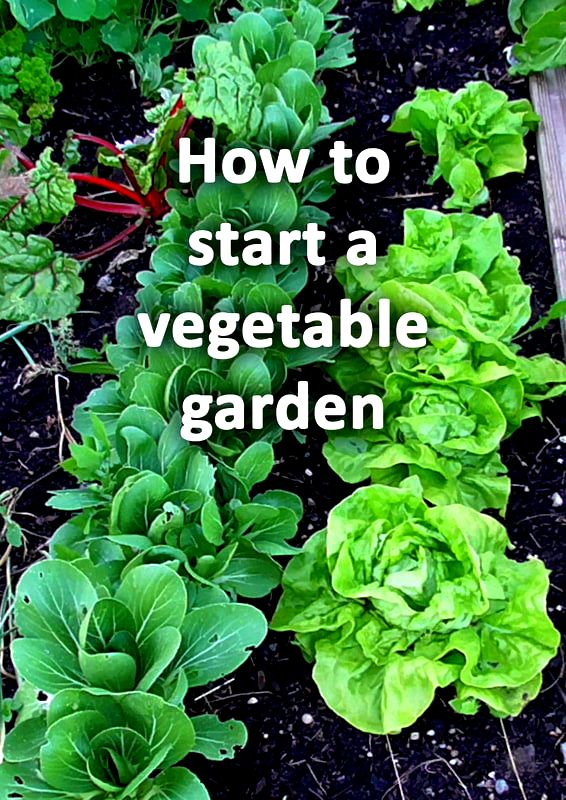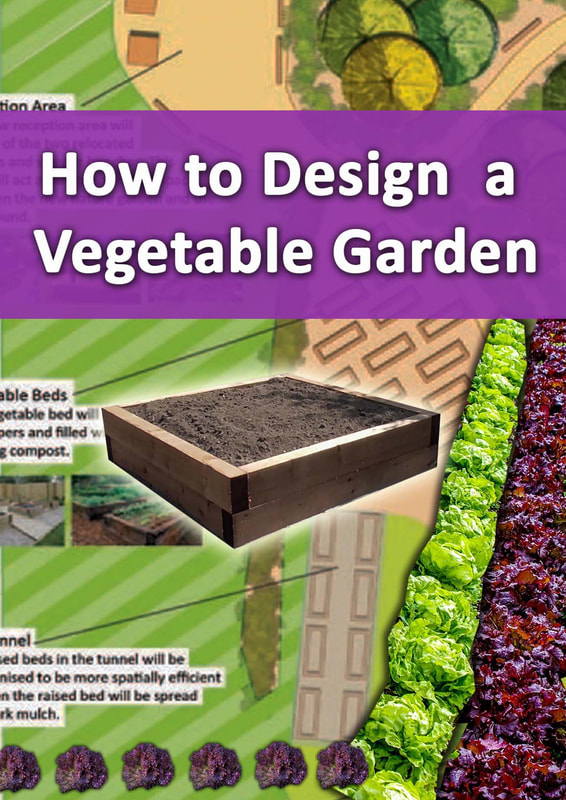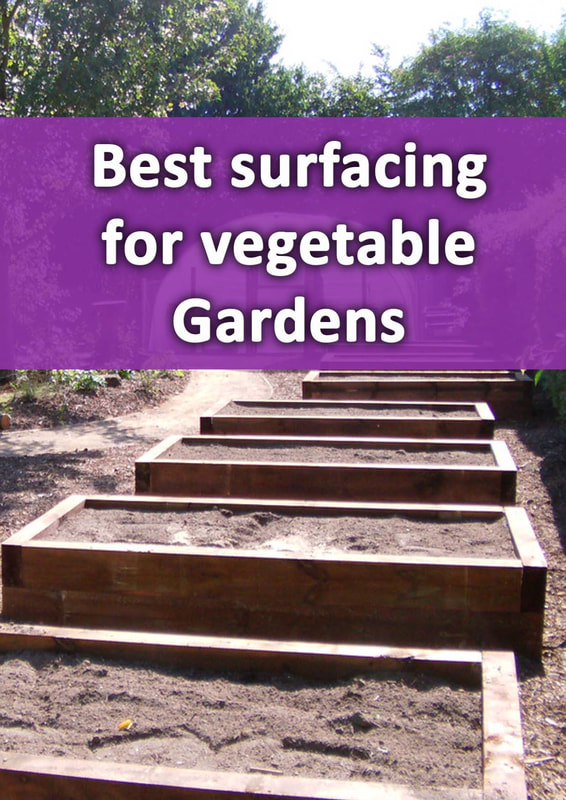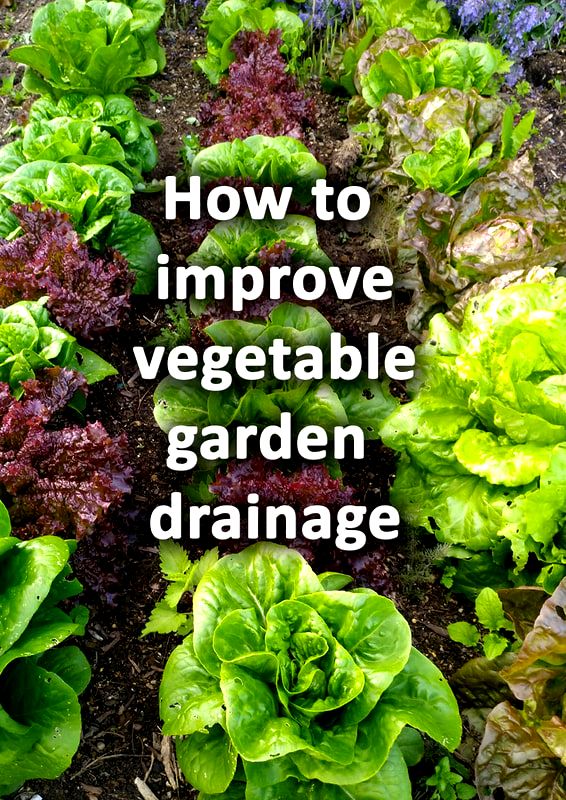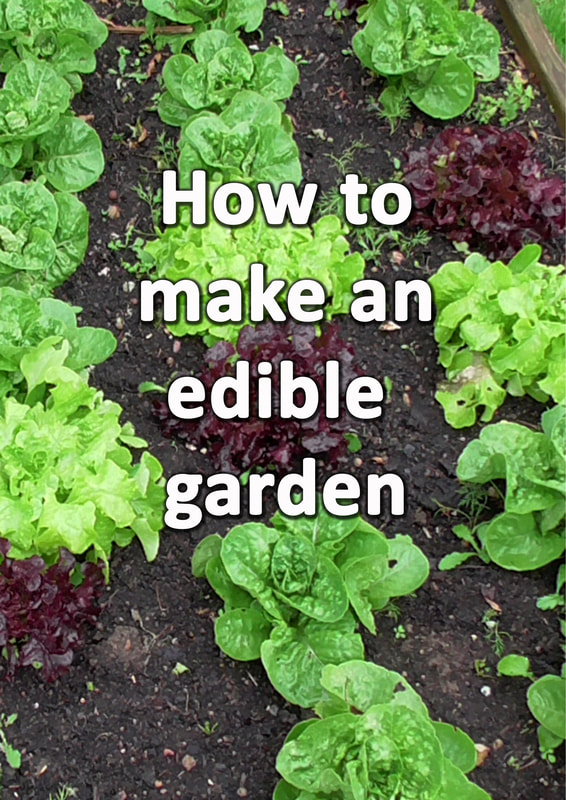|
This article contains affiliate links
Many people naturally relate to the idea of sowing and planting vegetables during the spring.
Springtime is blessed with long days and warm sunshine. However spring is also commonly tormented by cold nights and frosty mornings. Such conditions can be the kiss of death to young vegetable seedlings and young plants. During spring the soil has not yet warmed up making it very challenging to get vegetables established. This causes the famous hungry gap for crop growers. This period which typically lasts from April to June is a torment for self sufficient growers.
During this time, stored vegetables from last season have run out while young crops are too premature to provide sustenance.
This is where autumn planting for vegetables can become your saviour. Autumn, unlike spring has warm soil and relatively mild conditions. This can allow a fresh crop of young, hardy, vegetables to establish before winter. The result is a fast and maturing crop early in the season before other crops are hardened off. In this article I will explain the different elements and considerations of planting vegetables in autumn. Can you plant vegetables in autumn?
Yes you can plant certain varieties of hardy vegetable in autumn. By sowing specific vegetables in late September you can have young plants by October. These can then be planted out giving them a little time to establish before the first frosts. These young vegetables will then go through a dormancy phase during the colder months. As they become accustomed to the extremities of winter they are quick to respond to better conditions in early spring. This results in fast growth and cropping much earlier in the season. This particularly lends itself to long season and biennial vegetables such as Brassicas and Chards. Planting vegetables during the autumn can be even more productive under cover. What vegetables can you plant in autumn?
The top 20 vegetables to plant in autumn and fall are:
Making room for autumn vegetable planting
Most of the time the amount of space gardeners allocate to growing vegetables is limited. Therefore, making room for autumn and overwintering vegetables can be challenging. It is good to be forward thinking about how you will utilise your beds during the season. Plant shorter season crops like lettuce where you want to plant autumn crops later in the year. Alternatively, you can plant autumn vegetables amongst crops which rapidly die off in autumn such as squash. Sowing vegetables in autumn
Sowing vegetables during late September and early October is perfect for planting before winter. You will want your young vegetable plants to be robust enough to take the cold conditions. For extra protection while establishing you can place a cloche over your young vegetables. As the soil is warm at this time of year try to germinate seeds in sterilised compost. This way, your seedlings will not have to compete with weed seedlings. Fertilising autumn vegetables
As autumn vegetables are planted at the end of the season you may wish to top up fertility. This can be tricky as adding manure at this time of year can burn young vegetables. I find chicken manure pellets are effective at mitigating this issue. The pellets can be left to dissolve on the plots surface gradually. This will fertilise young vegetables without negatively affecting them. Mulching autumn vegetables
When planting autumn vegetables it is always a good idea to mulch them well. The mulch could be wood chippings, bark mulch, rough compost or leaf mould. Mulch will slowly decompose feeding the young vegetables. It will also provide an extra thick layer of protection for the young plants against ground frost. As the weather warms up in spring the mulch will also prevent competing weeds to establish. Protecting autumn vegetables
Autumn planted vegetables can actually be quite vulnerable to pests during the winter months. Instead of summer pests such as slugs and caterpillars in the winter birds and rabbits will be main culprits. If you have deer which visit your garden you will really have to be on your guard! Consequently it is important to protect your vegetables as much as you can. Seeing you are also protecting crops from the cold it makes sense to cover them with sealed cloches. Growing winter vegetables in a greenhouse
Ultimately for great results by planting vegetables during autumn you are best growing undercover. The two best options here are greenhouses and polytunnels. Polytunnels are typically larger and easier to incorporate large volumes of soil. However they generally do not hold in as much heat as greenhouses. Either way, growing undercover can just keep temperatures elevated enough for some winter veggies and early season delights.
Thank you for reading our article on autumn and fall planting for vegetable gardens. If you need any help planning or building a vegetable garden feel free to contact us.
Below we will include some other, relevant articles you may find interesting.
'As an Amazon associate I earn from qualifying purchases'
0 Comments
Leave a Reply. |
The Author
|
Landscaping services across Buckinghamshire, Amersham, Aylesbury & High Wycombe
Hyde Heath, Amersham, Buckinghamshire |
|
